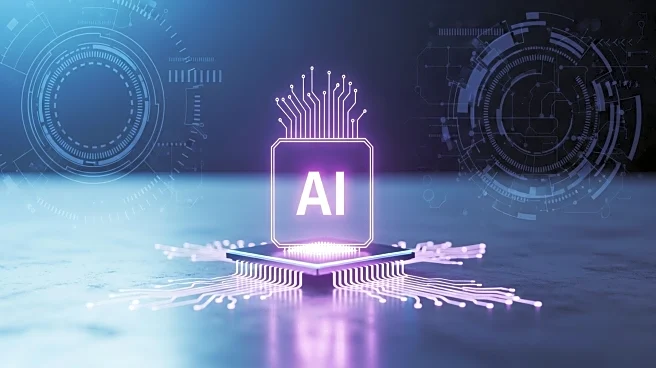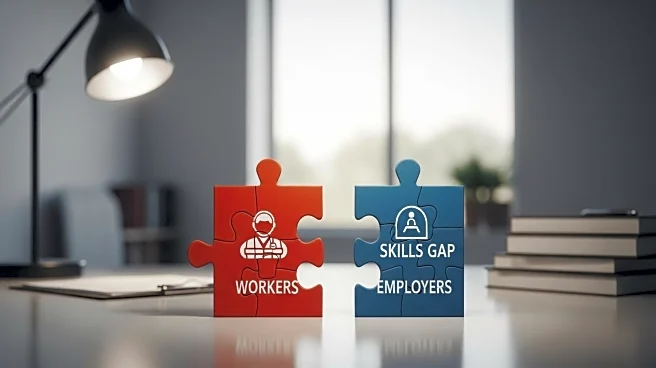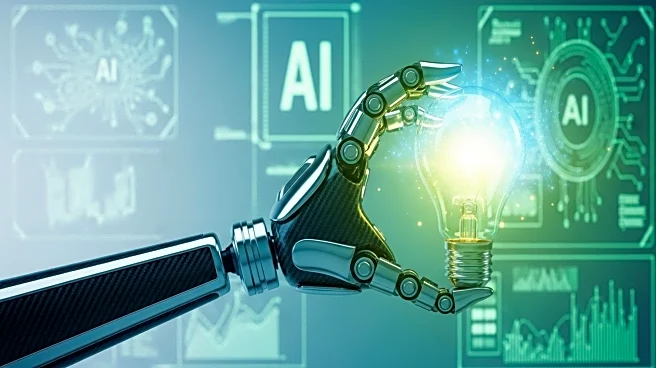What's Happening?
As artificial intelligence reshapes the workforce, many organizations face the challenge of reskilling employees to stay relevant. While some companies opt to hire externally for AI-fluent workers, this approach can lead to a loss of loyalty and institutional knowledge. Investing in reskilling programs can help employees transition to new roles, but requires sustained funding and patience. The contradiction between the rhetoric of reskilling and the reality of replacement is a defining challenge of the AI era.
Why It's Important?
The decision to reskill or replace employees has significant implications for organizations and their workforce. Reskilling can enhance employee loyalty, retention, and engagement, while also preserving valuable institutional knowledge. Conversely, relying on external hires may lead to a skills gap and a fractured workforce. By investing in reskilling, companies can build a more adaptable and resilient workforce, better equipped to navigate technological changes and drive innovation.
What's Next?
Organizations should prioritize reskilling initiatives as part of their transformation plans, integrating learning opportunities into their workforce strategies. Leaders must be held accountable for redeployment and internal mobility, ensuring that employees have the support needed to succeed in new roles. Protecting budgets for learning and development is crucial for fostering a culture of continuous improvement and innovation.










